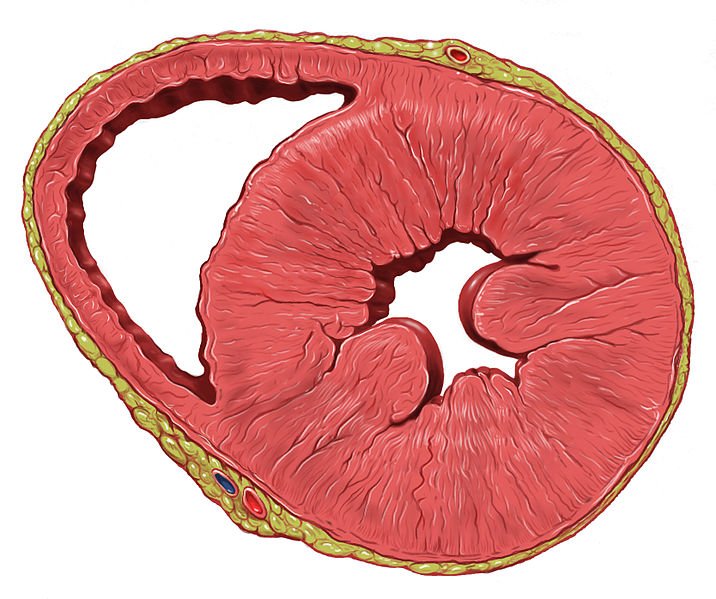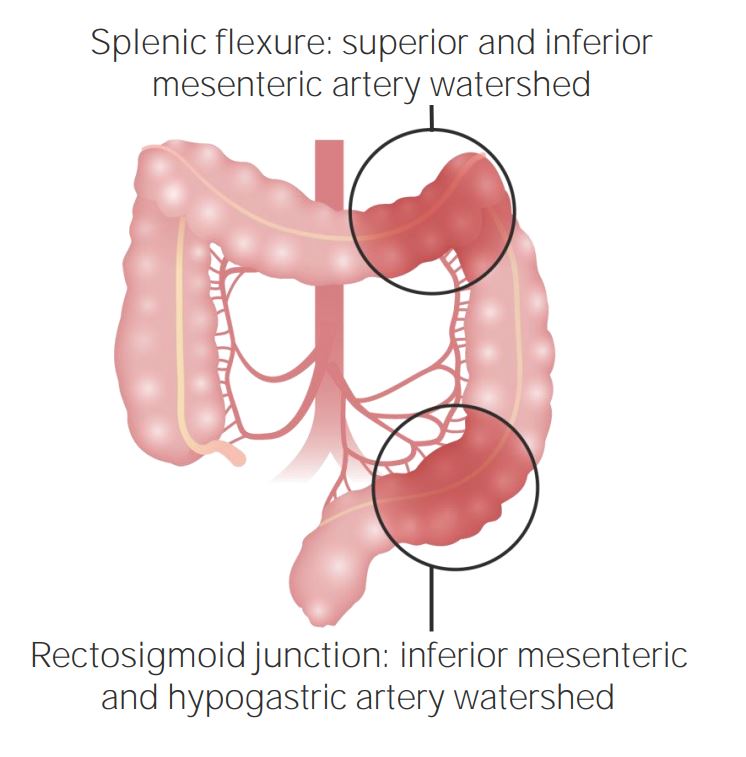Playlist
Show Playlist
Hide Playlist
Irreversible Cellular Injury
-
Slides Cellular Pathology Patterns of Injury and Cell Death.pdf
-
Reference List Pathology.pdf
-
Download Lecture Overview
00:01 Now let's talk about reversible becoming irreversible. 00:04 We'll talk about injury to the various organelles. 00:07 Here's our normal cell with the typical structures, and this is just a representation. 00:13 We have the endoplasmic reticulum and lysosome, nucleus, mitochondria, endoplasmic membrane, of course. 00:18 And if we have reversible injury, we are in most cases for example, not making enough ATP. 00:26 We have a relative ischemia or relative hypoxia. 00:29 We're going to now have generalized swelling. 00:32 That's happening because we don't have enough ATP to power the sodium-potassium-ATPase. 00:38 And as a result of that, we have more sodium inside, more water and the cells swells. 00:43 So it's a little bit lumpier. 00:45 Okay, the same thing is happening actually at the organellar level, we are also affecting our ability to pump various ions in and out of our organelles. 00:56 So the ER (endoplasmic reticulum) will also swell. 01:01 As a result of that swelling, we get some micro disruption of the ribosomes. 01:07 And they will disperse, and so we may actually have reduced protein synthesis. 01:12 The mitochondria similarly cannot control their ionic radiance as effectively without enough ATP. 01:18 And they will swell and we will generate less ATP. 01:23 And we may even damage mitochondria so that we get autophagy. 01:27 Now none of these particularly at this point, including aggregation of intramembrane particles and even swelling of the lysosomes and clumping of the new nuclear chromatin. 01:38 None of this is going to be totally irreversible. 01:42 If we will restore at this point, normal oxygen and nutrition, everything can revert back to normal. 01:53 The blood's occur because of the swelling and the loss of the membrane integrity. 01:59 And so, we can recognize these as distinct little out pouches of the membrane. 02:05 So that's reversible injury. 02:09 But we can go too far. 02:11 And when we go too far, it's what we just saw in the previous slide, to the next level. 02:17 So mitochondrial swelling to the point that we get no ATP. 02:23 We get lysis, not just swelling of the ER but lysis of the ER. 02:27 So we have lost organellar integrity. 02:30 We've ruptured lysosomes. 02:32 That's really bad because we released lysosomal enzymes into the cytosol where they will happily degrade. 02:38 A lot of things that are in there. 02:41 We will get defects in the cell membrane because now we're not synthesizing proteins appropriately. 02:46 And we're not maintaining the integrity of the membrane, with for example, or sodium-potassium-ATPase. 02:53 And we'll get formal breaks in the membrane. 02:56 Because we're not synthesizing proteins, we have a lot of excess lipid that will form myon figures. 03:02 So this is just wrapping of lipid around itself that we can identify when we look at cells by electron microscopy. 03:11 And kind of the final coup de gras, The Swan song, is that the nuclear chromatin now starts to fragment. 03:18 This is because of activity of endonucleases where we are functionally breaking down the nuclear material. 03:28 So now, even if we restore all the normal activities, ATP generation, etc. 03:35 The cell has gone too far. 03:38 It's gone beyond the rubicon. 03:40 So, irreversible injury occurs when there's an inability to reverse mitochondrial dysfunction. 03:46 Even when we restore oxygen back, they're the morphological changes that we see over there on the right hand side. 03:53 They may not all be recognizable by light microscopy, but we can certainly see them by electron microscopy. 04:00 With that memory and breakdown in various places, remember, we're also going to allow in an influx of calcium and that calcium is going to also activate calpains, and that's going to now accelerate the breakdown of proteins and nucleic acids etc. 04:18 We will activate proteases, that's happening because of the calcium influx and the calpain activation. 04:25 But we also have the rupture of those lysosomes and the autolysis that's associated with the release of lysosomal enzymes into the cytosol. 04:33 And there you have it. 04:34 We have basically a dead cell.
About the Lecture
The lecture Irreversible Cellular Injury by Richard Mitchell, MD, PhD is from the course Cellular Injury.
Included Quiz Questions
Which of the following is characteristic of irreversible cell injury?
- Fragmentation of the nuclear chromatin
- Clumping of the nuclear chromatin
- Swelling of the endoplasmic reticulum and mitochondria
- Blebbing of the cell membrane
- Dispersion of the ribosomes
Which of the following is responsible for activating the proteases in irreversible cell injury?
- The influx of calcium ions
- The influx of sodium ions
- The inactivation of Na⁺/K⁺-ATPase
- Cellular hypoxia
- The formation of myelin figures
Customer reviews
5,0 of 5 stars
| 5 Stars |
|
5 |
| 4 Stars |
|
0 |
| 3 Stars |
|
0 |
| 2 Stars |
|
0 |
| 1 Star |
|
0 |






